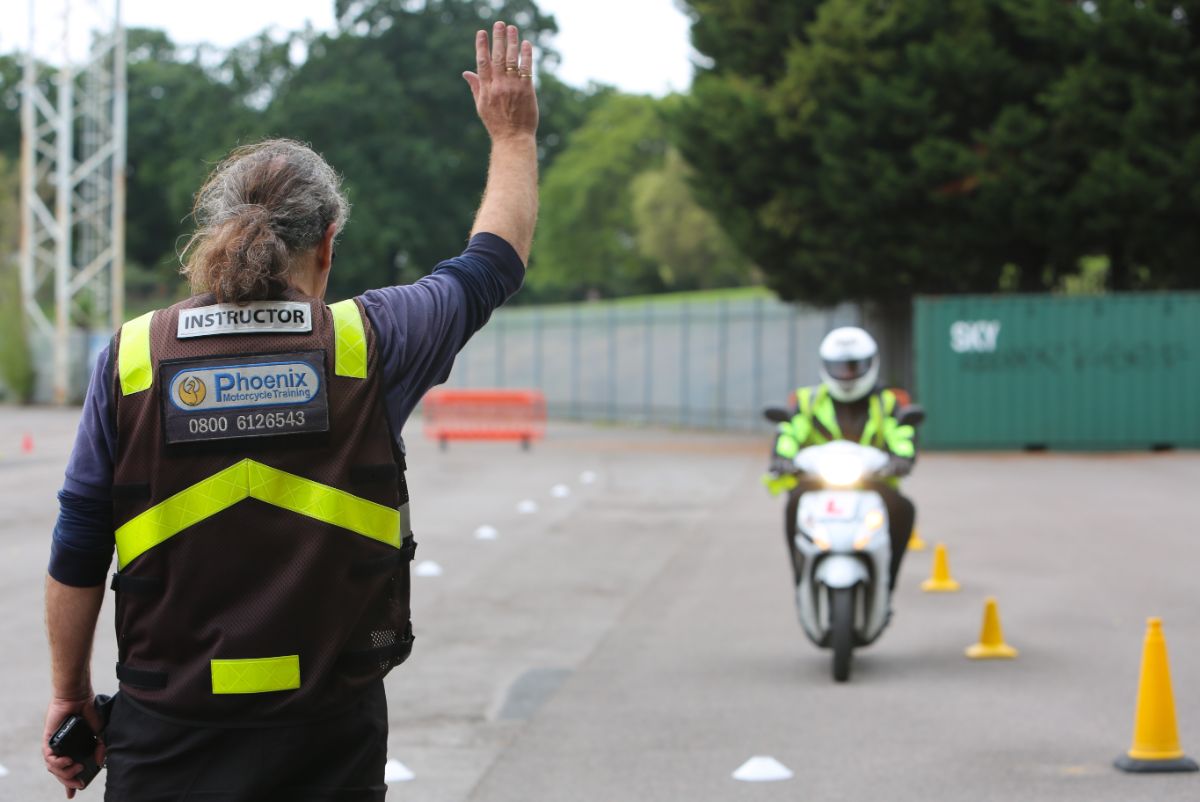There are quite a lot of things you need to do if you want to get a licence to ride a motorcycle in the UK, but in many ways it is still quicker, easier and cheaper to get on a small motorbike or scooter than it is to get in a car.
Every new motorcyclist is required to complete a day’s mandatory training, known as Compulsory Basic Training or CBT, after which they can legally ride a motorbike or scooter of up to 125cc (50cc for 16 year olds) on the roads. The CBT certificate lasts for two years and if you don’t pass your test within that time you can go back and renew your CBT in order to continue riding. The CBT is also needed to ride a moped in most instances, although some older car drivers may have ‘grandfather’ rights which entitle them to ride without the need for further training.
If nothing else, taking the CBT is also a good way in which to understand if motorcycling is for you. Most motorcycle training centres will provide the basic equipment you need, so as long as you have a provisional driving licence you can book an appointment and try it out in a safe and controlled environment, under the watchful eye of some qualified trainers.
The CBT takes a full day and can be broken down into five main elements. The first is a basic introduction, carried out in the classroom, where you will be given a quick eyesight test and have discussion on motorcycle protective clothing, among other things.
The day then moves outdoors, where the trainer will talk you through the motorcycle or scooter, explaining the controls and allowing you to get used to the weight of the bike.
The third part of the course involves riding off the public highway, usually in a disused car park. The trainers will set up a course allowing you to simulate the roads you will later ride on, allowing you to practise manoeuvres like U-turns, emergency stops and pulling away from junctions, as well as using the controls of the bike and demonstrating good observational skills. Once you have shown that you can safely carry out these drills, the instructor will typically take you back into the classroom. Usually there will be a break at this point, before preparing for an afternoon road ride.
The fourth session is a road ride briefing, looking at the highway code and discussing the various hazards you may come across. This precedes the final part of the training, which is a two-hour road ride, where you will be required to practice the skills learned in the morning.
Provided the trainer is happy that the trainee has met the required standard, the CBT certificate will be awarded and you can ride unaccompanied on the road – albeit with some restrictions. Having successfully completed the CBT you’ll still be classed as a learner and will be limited to riding an A1 category bike (up to 125cc). You also won’t be able to take a passenger and are not allowed to use motorways. You’ll also have to display L plates front and rear while riding on your CBT certificate.
Want to know more? We’ve spoken to the guys at Phoenix Motorcycle Training to talk us through a compulsory basic training day. Check out the video:
You can find more information on learning to ride at the Tips and Guides section of our website.



